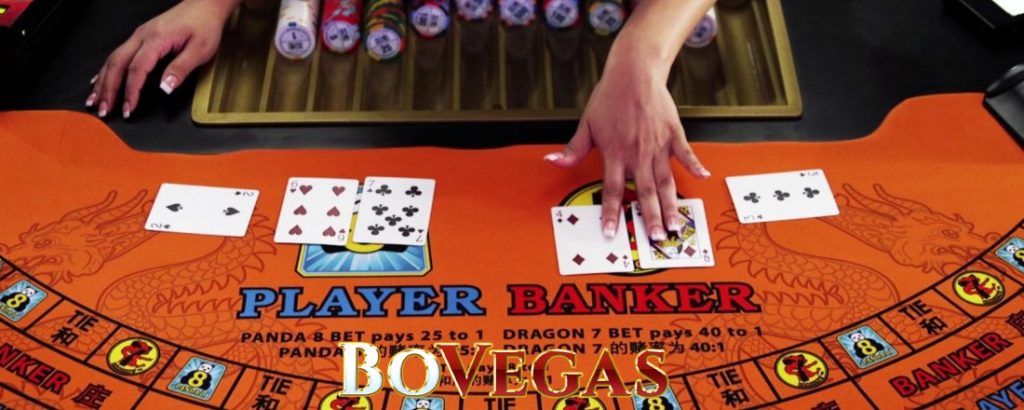Baccarat is a card game of Italian origin and is closely related to the French game Chemin-de-Fer. The game’s popularity among casino high rollers is consistent with its image as the most glamorous of casino games. In spite of this sophisticated veneer, it is one of the easiest casino games to play. There is only one decision to make each hand. The dealer handles the rest, playing out the hands according to established house rules.
While twenty-one is the magic number for Blackjack, nine is the equivalent for Baccarat. The winning hand is the closest to nine. Baccarat offers a choice of three different bets. You may bet that the player hand will win, the banker hand will win or that the hands will tie. The cards 2 through 9 are worth face value. Tens, jacks, queens and kings all equal zero and aces have a value of one. A hand is valued by adding the numeric value of each card (e.g. a hand with Q, 2 would be worth 2.) When the total is greater than nine the first digit of the sum is ignored (e.g. a hand with 7,8,A would be worth 6.)
You begin by placing a wager on one or more of the following: player hand, banker hand or tie. Two cards each are then dealt face-up to the player hand and the banker hand. The hands are then evaluated to determine if either has a two-card total of 8 or 9, also called a “natural”. If there is a natural, play stops and the hand with the natural wins. If both hands contain a natural, the higher natural wins. Two equal naturals result in a tie. If there is no natural, play continues according to strict, pre-determined house rules.
The player hand is evaluated first.
Player Hand Two Card Total
Player HandAction
6 or 7
No Draw
5 or less
Draw Third Card

Neither the player hand nor the banker hand can draw more than one additional card.The banker hand is a little more complicated. The banker hand’s action is determined by the player’s hand as follows:
If Player Does Not Draw:
- Banker HandTwo Card Total
- Banker HandAction
- 6 or 7
- Stand
- 5 or less
- Draw Third Card
- If Player Draws a Third Card:
- Banker Hand Two-Card Total
- Draw If Player Hand Third Card is:
- Stand if Player Hand Third Card is:
- 0,1,2
- Always Draw
- Always Draw
- 3
- 1,2,3,4,5,6,7,9,0
- 8
- 4
- 2,3,4,5,6,7
- 1,8,9,0
- 5
- 4,5,6,7
- 1,2,3,8,9,0
- 6
- 6,7
- 1,2,3,4,5,8,9,0
- 7
Stand
Remember, while these rules may seem complicated, the dealer plays out both hands according to these very specific rules. The only decision you have to make is which hand (or tie) to bet on. Win, Lose or Tie The hand closest to nine always wins. A winning wager on the player hand will pay off at 1:1. A winning $5 wager will return $10 ($5 wagered + $5 won).

A winning wager on the banker hand will also pay off at 1:1, less a 5% commission. In other words, A winning $5 wager on the banker hand will return $9.75 ($5 wagered + $4.75 won). A tie will result in the return of any wager on the banker or player hand. A winning bet on the tie will pay off at 8:1. If the hands do not tie, a tie wager will result in a loss

